Today’s world is a much friendlier place for kids with autism and their families. Increased awareness and inclusive arrangements have made things like travel an accessible option for many families. However, airports remain overwhelming environments. Whether you have autism, anxiety or another sensory processing disorder, navigating the bustling crowds, loud announcements and bright lights of an airport can be a daunting experience. Recognizing this, many airports around the world are introducing sensory spaces to provide a soothing environment for sensory travelers.
Airport Sensory Rooms: Overcoming Sensory Challenges in Airports
Airports are notorious for presenting a range of sensory challenges that can overwhelm individuals with sensitivities. Some common challenges include:
- Noise
Airports are filled with a constant barrage of announcements, conversations, and the rumbling of luggage trolleys. These loud sounds can be distressing for people with noise sensitivities or auditory processing difficulties./li>
- Visual Overstimulation
The bright lights, flashing screens, and colorful signs in airports can be visually overwhelming and contribute to sensory overload.
- Crowds and Confined Spaces
Large crowds, long lines and confined spaces such as security checkpoints or the airplane itself can induce anxiety in those with claustrophobia or social struggles.
- Unpredictability
Airports are dynamic environments with ever-changing situations, delays and unexpected disruptions. These uncertainties can be particularly challenging if you thrive on predictability and routine.
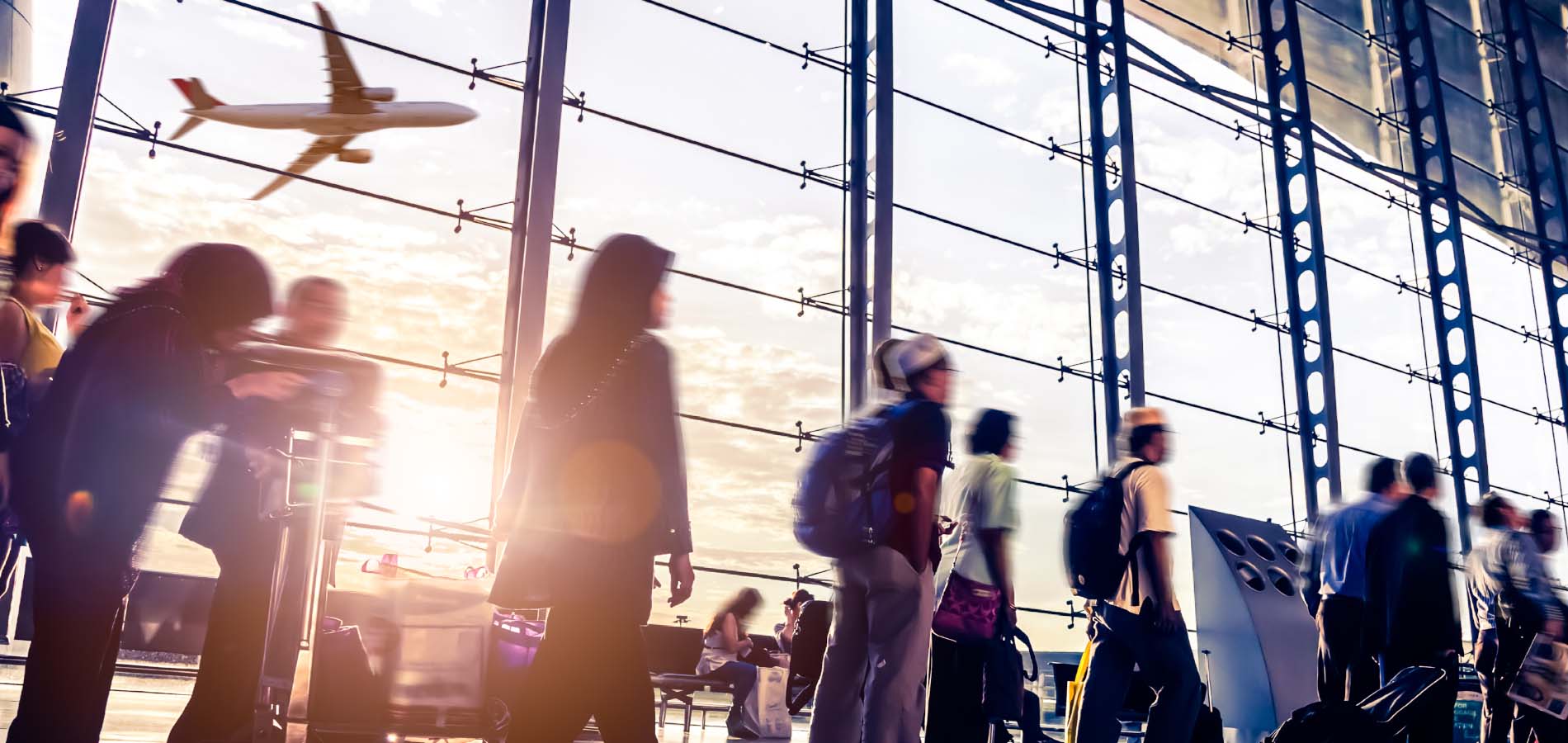
Strategies for Navigating Sensory Issues in Airports
Spend time preparing in advance for the sensory challenges you may face in the airport.
- Plan Ahead
Contact your airline or airport ahead of time to inquire about available sensory support services. You may be able to schedule time in a sensory room, use a pre-boarding option, or receive special assistance. Airports can often recommend travel times based on when the airport is the least busy. Familiarize yourself with the airport layout and facilities to minimize surprises.
- Noise Reduction Headphones
Wearing Noise Reduction Headphones can significantly reduce auditory overload by blocking out excessive noise and creating a more peaceful atmosphere.
- Visual Aids
Utilize visual aids such as social stories or visual schedules to help your kids better understand and prepare for the airport experience. These visuals provide a sense of structure and predictability, reducing anxiety.
- Sensory Tools
Bring along calming tools to provide sensory input and promote relaxation during stressful moments. Attach Fidget Key Chain Balls to your backpack for easy access. Pack wearable chews that won’t get lost. You can also layer compression clothing for a consistent gentle pressure throughout the experience. Weighted Lap Pads are another great option for calming pressure, especially if you don’t like the sensation of compression.
- Time Management
Arrive at the airport with ample time to navigate security procedures, boarding, and any other necessary processes. Rushing can increase stress levels and make sensory challenges more difficult to manage.
Autism Friendly Spaces
Through advocacy and increased attention to hidden disabilities, sensory-friendly spaces are becoming more widely available. There are now autism-friendly spaces in many museums, theme parks and stadiums like the RailRiders Stadium. Airports have long been the final frontier in this realm.
While there are countless options for sensory room equipment, many sensory rooms contain common tools that are autism-friendly. LED lighting is often included to reduce visual overwhelm and provide soothing visual stimulation from things like slowly shifting colors and soft lights. Flexible seating is great to provide respite from the hard, uncomfortable chairs often found in airports. The SensaSoft Squeezie SeatTM, SensaSoft Compression CanoeTM and Concentration Rocker are popular, wipe-clean options. Schedule time in the space before arriving at the airport, so that your child will be able to travel without the sensory overwhelm inherent in airports with their bright lighting, loud overhead speakers and visual activity whizzing by.
Airports With Sensory Rooms
Many families with autism are planning their travel routes around airports that offer sensory rooms. Below are several airports that provide these services. Make sure to search for others near you that may not be on the list to see if they have since added a sensory space!
Minneapolis-Saint Paul International Airport (MSP)
MSP was one of the pioneers in autism-friendly airport accommodations, introducing a dedicated sensory room in 2016. Their room features soothing lighting, comfortable seating, and interactive sensory elements to create a calming atmosphere for travelers.
Birmingham-Shuttlesworth International Airport (BHM)
BHM offers the "Sensory Room of Magic," specially designed to provide a serene and peaceful environment. The room is equipped with sensory toys, adjustable lighting and comfortable seating, catering to the needs of individuals with sensory sensitivities.
Shannon Airport in Ireland has established a sensory room that offers a quiet and relaxing atmosphere. The room includes sensory toys, adjustable lighting, and comfortable seating to help passengers find respite from the airport's sensory stimulation.
Vancouver International Airport (YVR)
YVR has created a tranquil haven called the Quiet Room. Away from the bustling terminals, this space provides a peaceful environment for individuals seeking a break. The Quiet Room is adorned with comfortable seating, dim lighting and calming visuals, ensuring a soothing experience for travelers.
Heathrow Airport in London, UK, is another example of an airport that has embraced sensory spaces. They have established sensory rooms equipped with specialized facilities to accommodate individuals with sensory sensitivities. These rooms provide a calm and supportive environment, helping passengers feel at ease during their travel experience.
Sensory rooms in airports play a vital role in fostering inclusive and accessible travel experiences for individuals with sensory sensitivities. By addressing the sensory challenges and implementing strategies for navigating these issues, airports can create a more welcoming environment for all passengers. As awareness grows, we can expect more airports around the world to embrace the importance of sensory-friendly spaces, ensuring that everyone can travel with comfort and ease.
Want to create a sensory space? Check out our full sensory room guide, then connect with our team to start!








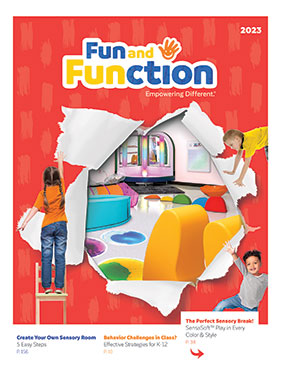






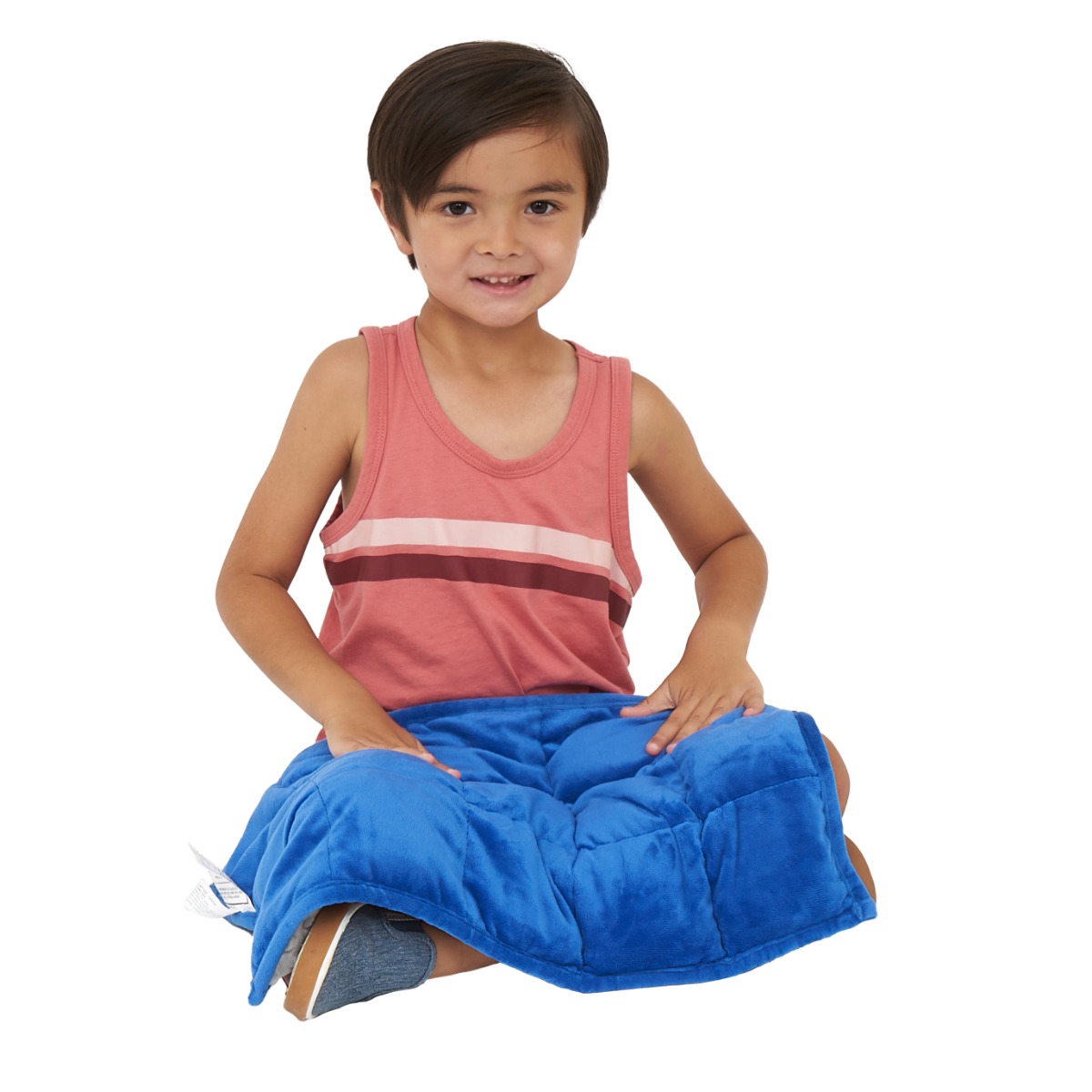
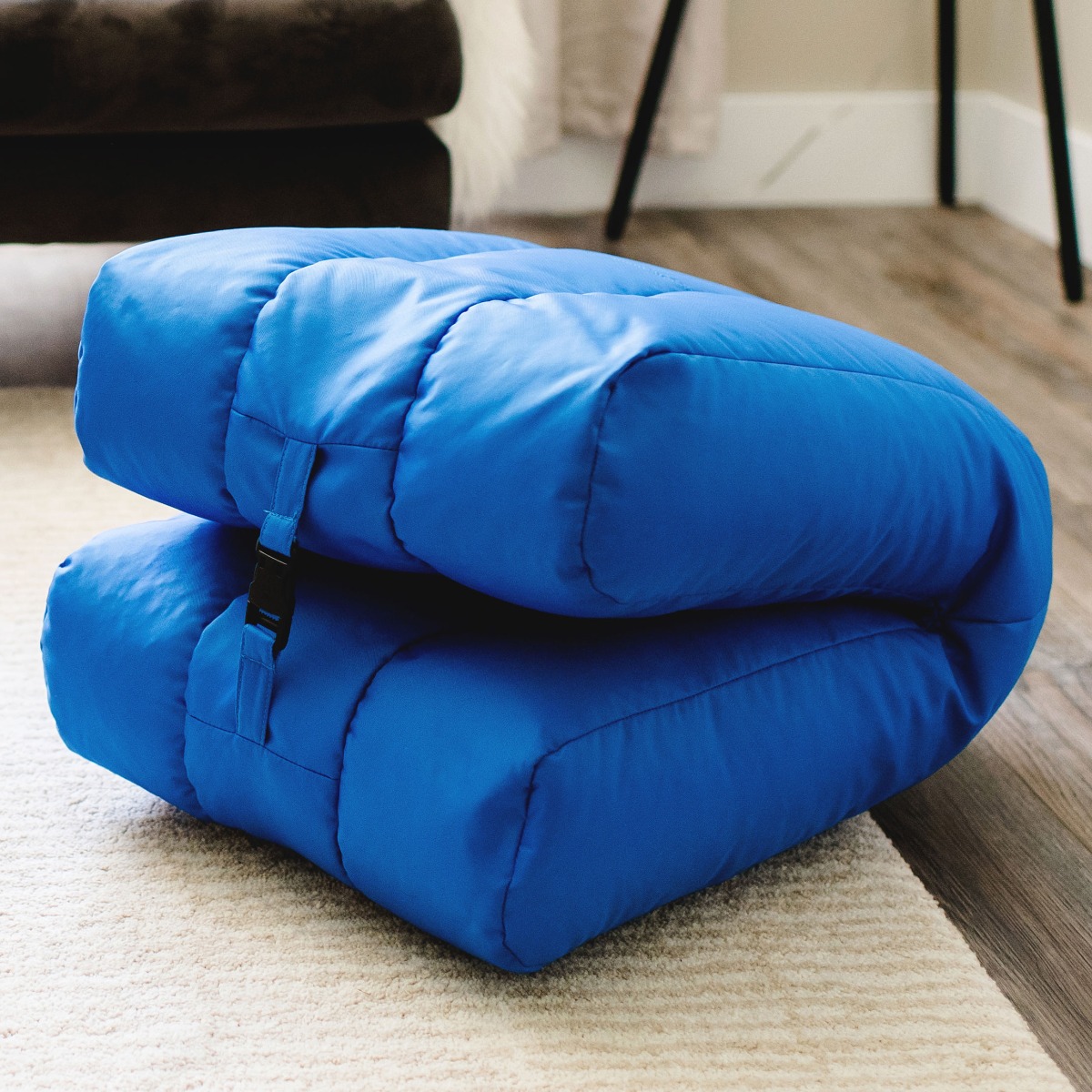
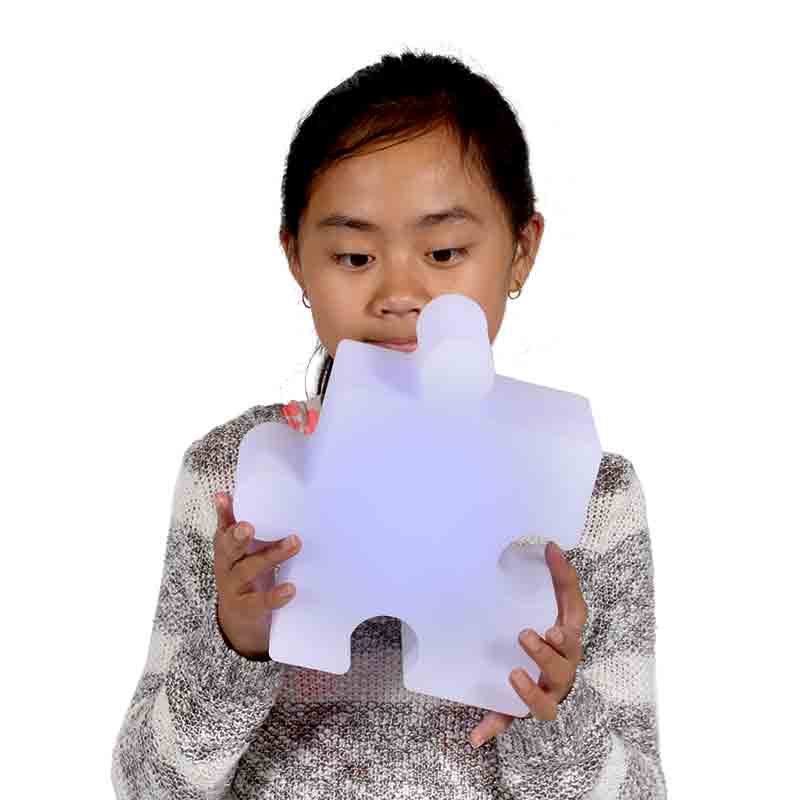
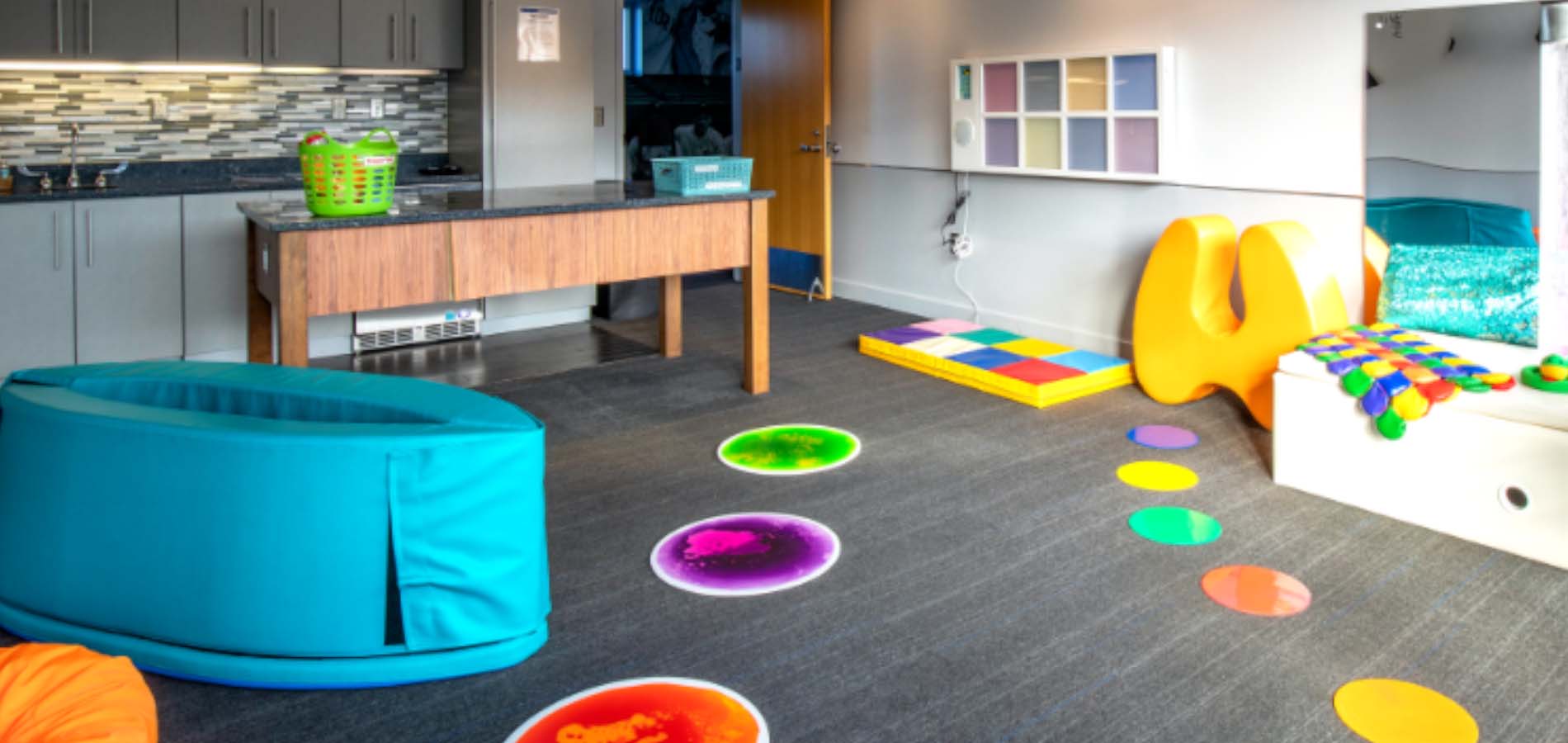







Comments